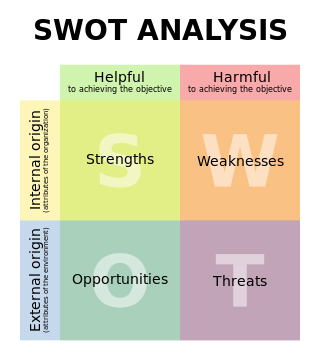In the rush to implement the latest social and digital marketing programs, many marketers appear to focus on the communication aspects of their initiatives, often without much thought about the underlying strategy. They cite increases in followers, likes and visits and celebrate their successes. But while increased reach is important, if one is not focused on reaching the right target audience and providing a product or service that actually satisfies some stated or unstated need, they may be investing in something with little chance of a return. Just because this is the digital age does not mean that the marketing basics do not apply.

Taking a step back and creating a marketing strategy with clear objectives is one way to avoid this issue. Is the goal to increase market penetration, thus increasing market share among existing customers, or is it market development, otherwise known as gaining new customers? Too often this distinction is not thought through. Achieving both is possible, but sometimes one’s objectives are better served by a more narrow but stronger focus.
A similar phenomenon happens to many start-ups. The start-up founders are so intent on getting their product to the market and making their first sale that they often fail to understand the difference between sales and marketing or the distinction between a niche marketing strategy and one that is more inclusive. Success in one area is no guarantee of success in another. Few do market scans or fully understand the competitive context they are operating in. Most do not understand the market position they will occupy or the various scenarios that may play out once they enter. While their excitement about their product and/or service may help them move forward against all odds, a realistic understating of the market or a SWOT analysis (Strengths, Weaknesses, Opportunities and Threats) might enable them to be more effective in driving their business forward.
Even in the digital age, understanding market forces and one’s customers is critical. While social sites can be a wonderful place to listen and engage in the conversation, focusing only on the “squeaky wheels” can lead one astray. When in doubt, it is prudent to conduct either informal or formal market research among one’s key target segments. Data is great, but having the right data will help one to make better decisions and avoid costly mistakes.
It is also important to remember that marketing communications/promotion is only one of the levers in the marketing tool kit. Price, Place and Product/service round out the 4 “P’s” of marketing. Without understanding competitive advantages and disadvantages in all aspects of the marketing mix, one might fail to benefit from an existing market advantage or come up with a plan to fix a potential market shortcoming. Even with a new product that has unique market positioning, there are always competitors out there waiting to enter. A first mover advantage is very good, a sustainable competitive advantage is even better.
A social media marketing program that is creative and fun will get you noticed. Having the right program for the right audience with an appropriate product, pricing and channel strategy will actually keep you in business!






